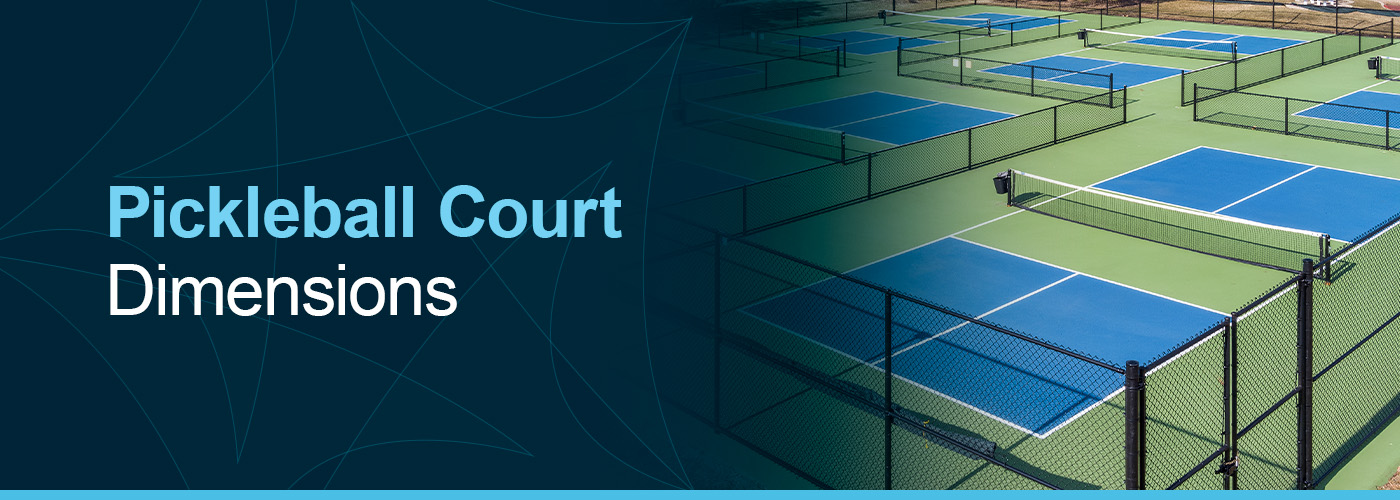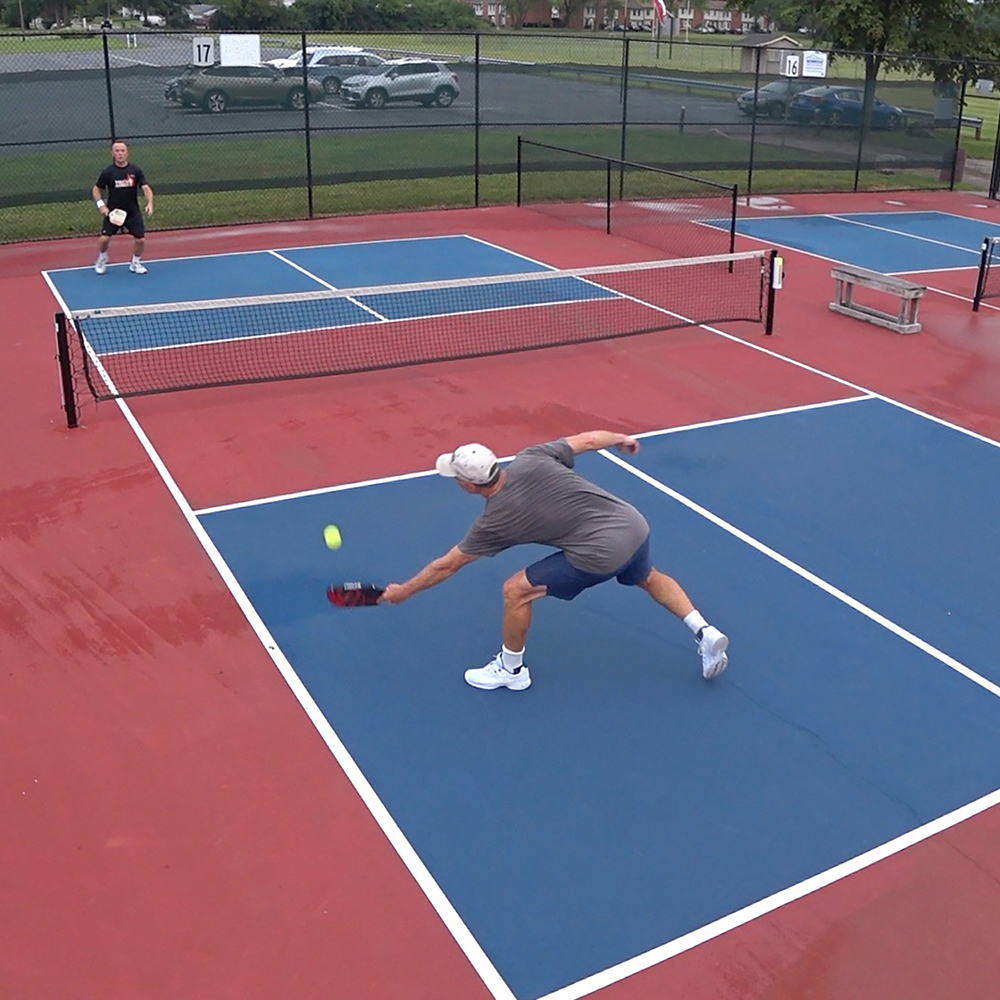Boost Citizen Interaction With Community-Driven Pickleball Court Projects
The development of community-driven pickleball court projects provides a special opportunity to cultivate neighborhood engagement and reinforce neighborhood connections. By actively involving citizens in the planning and execution stages, such efforts not just produce entertainment areas yet likewise promote a common feeling of ownership. Recognizing the steps to launch these projects, including reliable stakeholder engagement and source allocation, is critical. However, the actual question stays: just how can these grassroots efforts be tactically applied to guarantee sustainability and inclusivity in varied areas? Exploring successful study may offer the insights required to address this crucial concern.
Value of Neighborhood Involvement
Area involvement is an essential element in the successful development of pickleball court projects, as it fosters a feeling of possession and cumulative duty amongst citizens. When neighborhood members are actively entailed in the planning and application phases, they are most likely to promote for the project's long-term success. Involving stakeholders such as neighborhood gamers, households, and recreational groups ensures that the centers satisfy the diverse needs and choices of the neighborhood.
Furthermore, community engagement grows a helpful atmosphere where residents really feel equipped to contribute their resources and concepts. Pickleball court construction. This joint method can result in cutting-edge options that improve the design and capability of the courts, making them a lot more appealing to a bigger audience. Additionally, entailing citizens in decision-making processes can reinforce social ties, promoting inclusivity and unity within the neighborhood
The visibility of area support for a pickleball task can likewise play a pivotal function in securing financing and approval from regional authorities. By showing a shared dedication to recreational growth, communities can properly advocate for sources and policy modifications that prefer the establishment of pickleball courts, inevitably enriching the regional society and leisure landscape.
Actions to Initiate a Project
Initiating a pickleball court job calls for a methodical strategy that builds on the structure of area engagement developed in previous conversations. The primary step is to construct a project committee making up neighborhood stakeholders, enthusiasts, and agents from pertinent companies. This diverse team makes certain that multiple point of views are taken into consideration.
Next, conduct a requirements evaluation within the community. Surveys, focus teams, and public conferences can be reliable in gauging interest and event input on prospective court places, wanted services, and scheduling preferences. Following this, develop a project plan describing timelines, responsibilities, and objectives.
Once the plan is in place, involve with neighborhood authorities to recognize zoning laws and any kind of essential authorizations. Connecting transparently with the area throughout this procedure is vital, as it cultivates depend on and motivates additional participation.
Additionally, organizing community occasions can aid preserve momentum and enthusiasm. These occasions can offer as systems for additional discussion and aid to reinforce neighborhood ties. Document every action taken and preserve detailed documents, as this will be advantageous for future stages of the job, including financing and resource procurement.
Financing and Resources Available
Securing financing and resources for a pickleball court project is frequently a vital step that can determine the task's expediency and success. Various opportunities exist for obtaining financial backing, varying from public funding to exclusive sponsorships. City government grants, usually focused on advertising neighborhood wellness and recreation, can give considerable sponsorship for such efforts.
Along with government sources, nonprofit companies and structures frequently use gives particularly for sporting activities and community advancement projects. Engaging neighborhood businesses as sponsors can additionally be a fruitful method; many companies aspire to buy community efforts that boost their corporate social obligation account.
Crowdfunding systems have actually become a viable option for grassroots fundraising, enabling neighborhood members to contribute directly to the job. This technique not just increases funds however likewise promotes a feeling of possession among participants.
Style and Planning Considerations
Effective design and planning are fundamental components of any kind of successful pickleball court job complying with the purchase of funding and resources. An extensive evaluation of the proposed location is essential; this consists of assessing access, closeness to existing area features, and the capacity for visibility and engagement.
The format of the court should comply with official dimension requirements while thinking about the surrounding environment. Including attributes such as seating, shade frameworks, and proper illumination can significantly boost gamer experience and spectator satisfaction. Products selected for the court surface area must prioritize durability and safety and security, with choices like acrylic or asphalt offering optimal efficiency.
Including area participants in the design procedure fosters a feeling of ownership and ensures that the center meets neighborhood needs - Pickleball court construction. This can be attained with public appointments and surveys, permitting stakeholders to reveal their choices and worries
Sustainability should likewise be a priority; integrating environmentally friendly products and practices can add to long-term feasibility. Finally, producing an upkeep plan to make sure the court remains in exceptional condition will sustain ongoing neighborhood engagement and involvement in pickleball tasks.

Success Stories and Situation Research Studies
Highlighting the transformative influence of community-driven efforts, this post several success tales show how joint efforts have actually led to the development of lively pickleball courts across numerous regions. One remarkable example is the campaign in a little community in Florida, where citizens grouped to convert an underutilized tennis court into a dedicated pickleball facility. With fundraising occasions and partnerships with regional companies, the area increased enough funds to install brand-new nets, resurfacing, and lines, eventually fostering a vibrant center for local gamers.
Similarly, in a suburb of California, a grassroots activity arised to produce pickleball courts in a neighborhood park. The project not only engaged volunteers for construction however additionally consisted of workshops to involve community members in the sporting activity. Because of this, the courts became a focal factor for social communication and fitness, drawing in gamers of every ages.
These study exhibit just how community-driven projects can enhance regional involvement, advertise exercise, and strengthen social bonds. By leveraging collective sources and excitement, areas can successfully produce and sustain pickleball centers that offer varied populaces and cultivate a sense of browse around here belonging.

Verdict
In final thought, community-driven pickleball court tasks act as vital instruments for enhancing regional involvement and promoting a feeling of belonging among homeowners. By prioritizing stakeholder participation throughout the planning and application stages, these initiatives can properly deal with varied area needs. Furthermore, leveraging readily available resources and taking a look at effective case researches can provide useful understandings for future projects. Eventually, such initiatives add to the site link change of public areas right into vibrant centers of physical fitness and social communication, reinforcing community ties.
The emergence of community-driven pickleball court projects presents a distinct chance to promote regional interaction and enhance neighborhood connections.Neighborhood interaction is a critical component in the effective growth of pickleball court tasks, as it cultivates a feeling of possession and collective obligation among residents. When community members are proactively entailed in the preparation and application stages, they are much more likely to advocate for the task's lasting success.Starting a pickleball court job needs a systematic approach that constructs on the structure of neighborhood engagement established in previous conversations. The job not only involved volunteers for building and construction yet likewise included workshops to involve area members in the sport.
Comments on “Aspects to Take Into Consideration for Top Quality Pickleball Court Construction and Design”